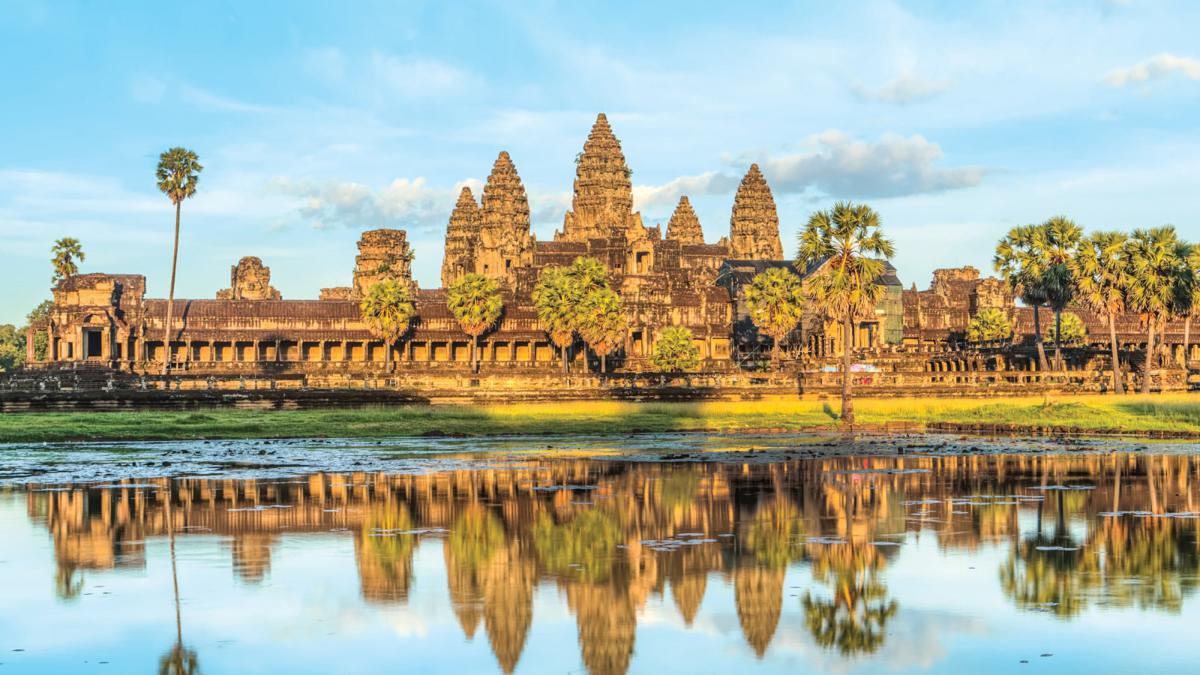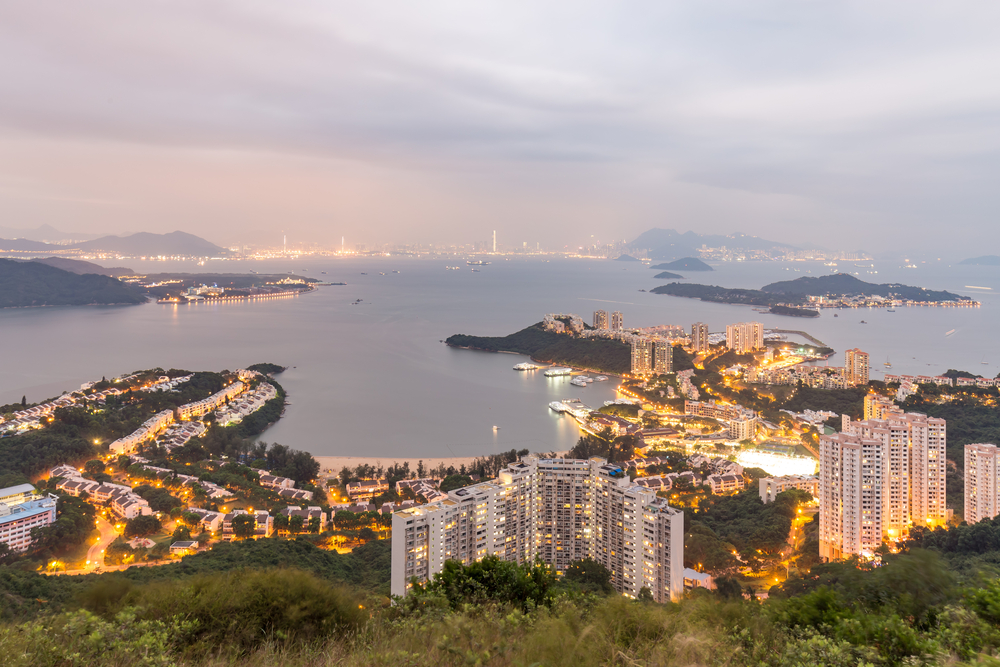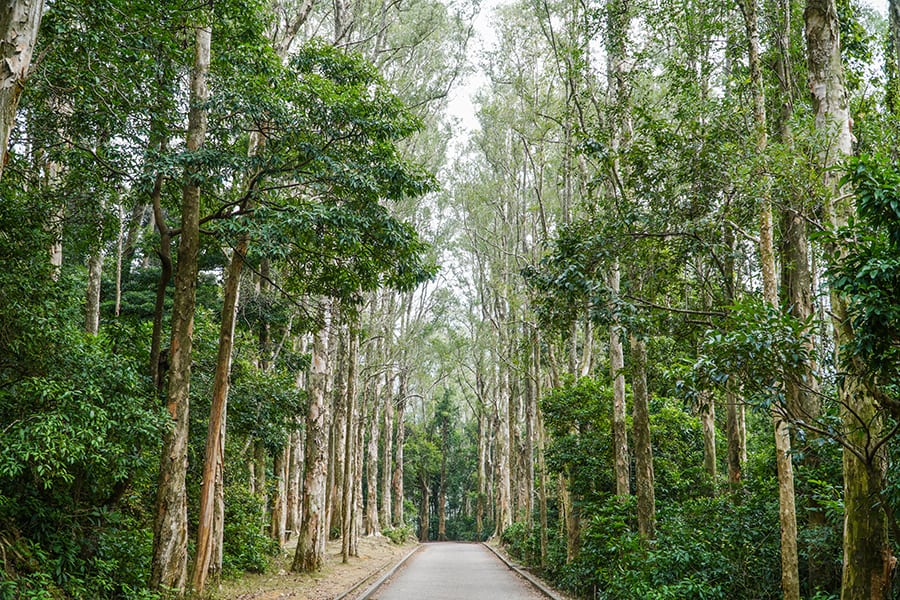Best things to do in Cambodia
You just won’t get the magic of Cambodia until you’ve been there yourself. This incredible country is home to rich jungles, rare wildlife and barely believable islands, but the best things to do here don’t stop there. If you’re making a trip to Cambodia, get ready for stunning ancient temples, peaceful elephant sanctuaries and much, much more.
Of course, for starters, you can’t miss the twelfth-century temples of Angkor, Cambodia’s most famous landmarks. But if you’ve got a week or more to fill, we’ve rounded up the very best things to do in Cambodia, from culture to food and everything in between. Read on for our top picks.
1. Temples of Angkor

Where is it? Fifteen minutes from Siem Reap.
What is it? A twelfth century city complex that was once the centre of the Khmer empire.
Why go? Angkor was the capital of the Khmer empire from the ninth to the fifteenth century, and you can explore the empire’s temples and ruins within the UNESCO World Heritage site of Angkor Archaeological Park. Here, you can hire bicycles or a tuk-tuk driver to take you around, and an accredited guide can help you understand the bas-relief carvings. The highlight – the immense Angkor Wat – is touted as the biggest religious monument in the world, and is visited by around two million tourists yearly.
Beyond Angkor Wat, don’t miss the Bayon within the walled Great City of Angkor Thom. Built by King Jayavarman VII, it’s a narcissistic temple celebrating his god-king status, incorporating over 200 massive stone faces. Ta Promh temple was made famous by the movie ‘Tomb Raider’. Unlike other temples, the jungle has not been restrained here. Strangler figs with roots like octopus tentacles cascade over many walls, and rubble is strewn throughout.
2. Phnom Tamao Wildlife Rescue Centre

Where is it? One hour outside Phnom Penh.
What is it? A Wildlife Alliance haven for rescued wild animals.
Why go? Every year, thousands of animals are caught by illegal snares in Cambodia’s jungles and destined for the pet trade or sold for body parts for traditional Asian medicines. This organisation cares for over 1,400 rescued animals across more than 100 species. The full-day guided tour includes behind-the-scenes action, such as an elephant with a prosthetic leg allowing staff to change his stump liner. You’ll also meet rescued clouded leopards, tigers, gibbons, bears, and otters.
3. Preah Vihear Temple

Where is it? Near the Thai border, two to four hours’ drive north of Siem Reap.
What is it? A remote clifftop temple.
Why go? This ancient temple has no busloads or package tourists. Perched on a clifftop at 625 metres elevation, the temple overlooks the northern Cambodian plains. Disputes between Thailand and Cambodia over the temple’s ownership have waged intermittently since 1907, most recently from 2008 to 2011. Entry to the temple is via five ceremonial entrance gates, and it’s an uphill slog. Tours from Siem Reap are easily arranged.
4. Tuol Sleng Genocide Museum

Where is it? Phnom Penh.
What is it? A gruelling but powerful genocide museum.
Why go? Between 1975 and 1978, more than 17,000 people were detained and tortured by Khmer Rouge forces in this former high school, and later murdered. The school is now the Tuol Sleng Genocide Museum, a testament to cruelty. Entry includes an audio guide, and tours are available. Progressing through rooms displaying photographs of victims, instruments of torture and human skulls is profoundly dismal. But it’s important to understand some of what this nation has endured and how it’s shaped the people.
5. Koh Rong Sanloem

Where is it? Off Cambodia’s southern coastline.
What is it? A laidback island, perfect for relaxing in nature.
Why go? Koh Rong Sanloem is the quiet little sister of party island Koh Rong. The most popular beach is Saracen Bay, where the sand is white and the water is aquamarine. Once you’re tired of snorkelling and diving, take the one or two-hour hike to the island’s northern tip. Bring water and a few dollars to enter the lighthouse for spectacular ocean views. Watch for sea eagles, hornbill birds and monkeys. The trail passes through some forest clearing.
6. Mondulkiri Project

Where is it? Northeast of Phnom Penh, about five to six hours’ drive.
What is it? An elephant sanctuary protecting forests and Indigenous livelihoods.
Why go? Cambodian forests are being threatened like never before, and the Indigenous Bunong people who previously relied on the forest are marginalised. The Mondulkiri Project employs Bunong people, teaching conservation skills and caring for rescued elephants. Here you’ll hike alongside five elephants through the jungle and join them for a bath in the waterfall swimming hole. A two-day tour incorporates hiking, a visit to the Bunong farms and an overnight stay at the jungle lodge. Choose your elephant operator carefully, as some don’t follow ethical practices.
7. Grasshopper bike tours: Rats, Trash and Booze

Where is it? Siem Reap.
What is it? Off-the-beaten-path cycling around quirky attractions.
Why go? If you’re suffering from temple fatigue, Grasshopper Tours offers a cycling trip through the quiet lanes of Siem Reap, visiting surprising social enterprises. You’ll meet the giant rats that have been trained to safely sniff out landmines, saving countless lives. Next, you’ll visit Rehash Trash, where disadvantaged women weave discarded litter into colourful bags and homewares. Join in to create your own souvenir. The final stop on this tour is a rice-wine distillery, where you’ll taste traditional spirits infused with local flavours.
8. Kampot

Where is it? On the southern coastline, around three hours’ drive from Phnom Penh.
What is it? A low-key seaside town, featuring national parks and fishing villages.
Why go? Kampot is a sleepy town featuring charmingly dilapidated French colonial architecture set on the Kompong Bay River. Farms here produce famous pepper, although tourists come for boutique hotels and riverfront relaxing. If that’s too mellow, rock-climb through Cambodia’s largest cave system with Climbodia. Or, rent a motor scooter and ride up Bokor Mountain for amazing views (cloud-cover permitting), continuing on to nearby Kep, a French-era coastal retreat. Dine at Kep’s famous waterfront crab market for the freshest and cheapest crabs you’ll find.


